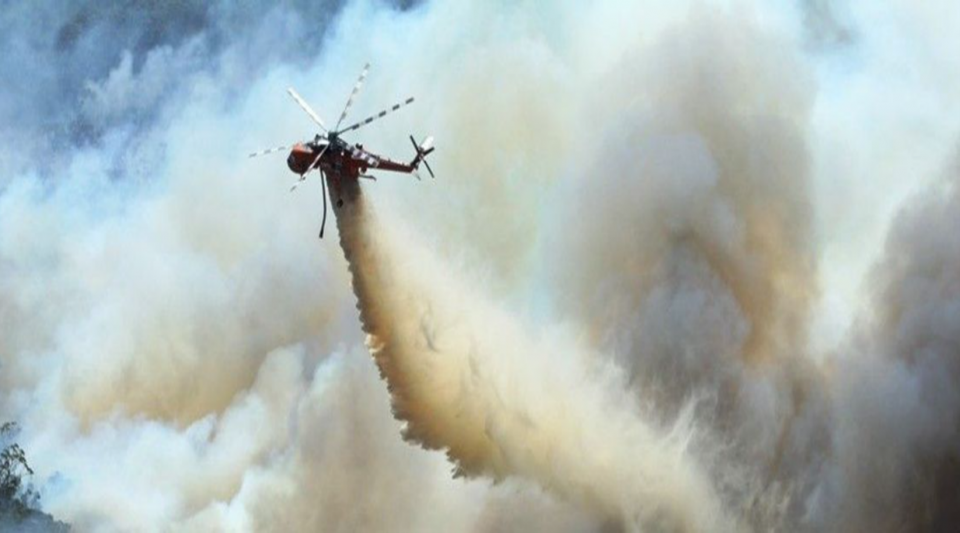
PUBLICATIONS
Published works

Using Digital Earth Australia Waterbodies to support aerial firefighting
| Title | Using Digital Earth Australia Waterbodies to support aerial firefighting |
| Publication Type | Report |
| Year of Publication | 2022 |
| Authors | Lymburner, L, Krause, C, Bishop-Taylor, R, Madsen, B |
| Document Number | 722 |
| Date Published | 03/2022 |
| Institution | Bushfire and Natural Hazards CRC |
| City | Melbourne |
| Report Number | 722 |
| Keywords | aerial firefighting, DEA, waterbodies |
| Abstract | Up to date information about the spatial distribution of water that is suitable for use by firefighting aircraft is required to:
The Digital Earth Australia (DEA) Waterbodies tool provides information water in waterbodies bigger than four Olympic swimming pools. This information is updated with every cloud free satellite overpass (satellite revisit every 16 days). The aim of this project was to:
FINDINGS DEA Waterbodies v1 was found to be suitable for start-of-season, severe fire danger period and start-of-fire information for command centres seeking to identify water availability within range of Helitak airpads (both permanent and temporary airpads). However, at present, its utility for pre-flight information for pilots was minimal based on the following limitations. Waterbody size limitations Limitations of DEA Waterbodies v1 Noting that the 25 metre pixel size provides a fundamental constraint on the minimum size of waterbodies that can be reliably detected using Landsat. A waterbody must be larger than 3125m2 (5 Landsat pixels) to be included in the DEA Waterbodies v1 polygon set. The water surface area in these polygons will be tracked down to 625m2 (a single Landsat pixel). This means that there will be many waterbodies that are suitable for access by small rotary wing aircraft that are not captured in the DEA Waterbodies v1 product. A future version of the DEA Waterbodies product could include smaller waterbodies to improve its utility for aerial firefighting stakeholders. This could be achieved by:
Timeliness limitations Waterbody fill level information is of greatest utility to firefighting agencies when it is as up-to-date as possible. The timeliness of DEA waterbodies fill level information is determined by two elements:
Polygon attributes Waterbody fill level information is of greatest utility to firefighting agencies when presented in the context of whether that waterbody is suitable for use by a specific aircraft type. Waterbody-aircraft suitability can be determined either via matching the historical fill activity for a particular aircraft type (demonstrated in this study) or via a spatial analysis of constraints (workflow described here for future implementation). |
Published Works


